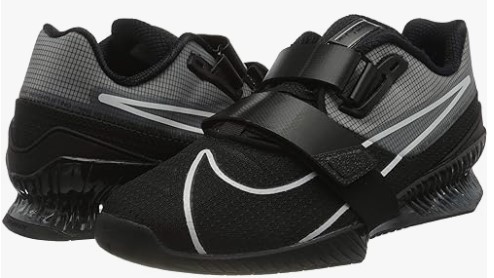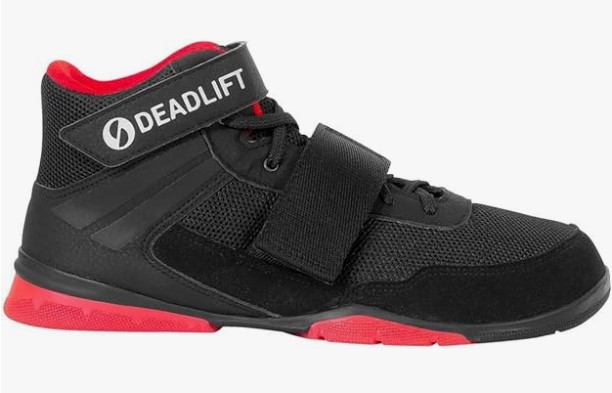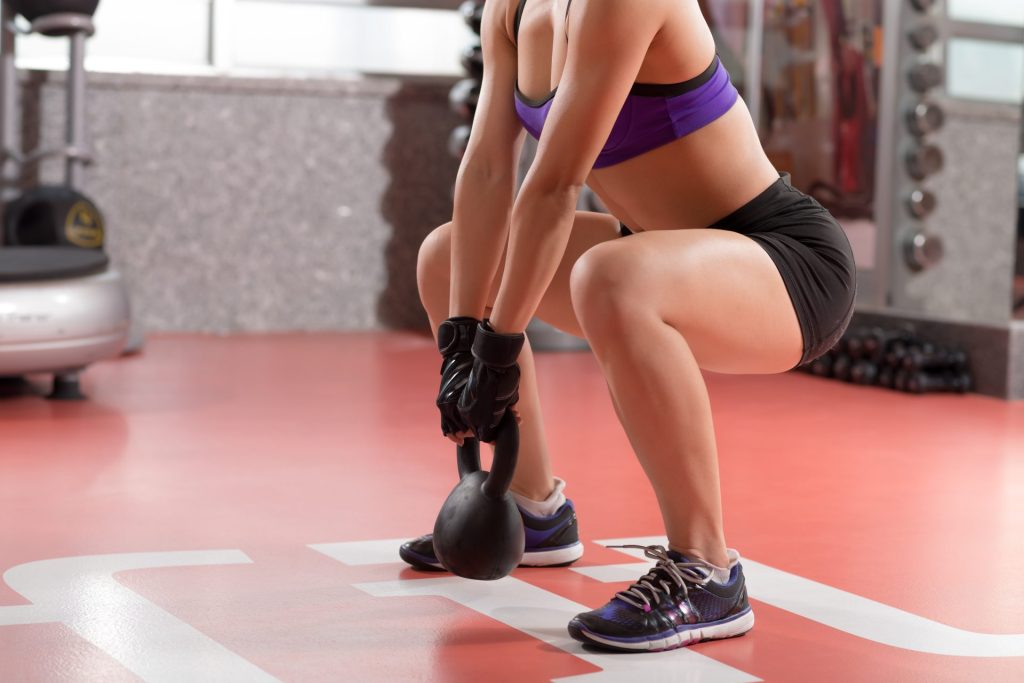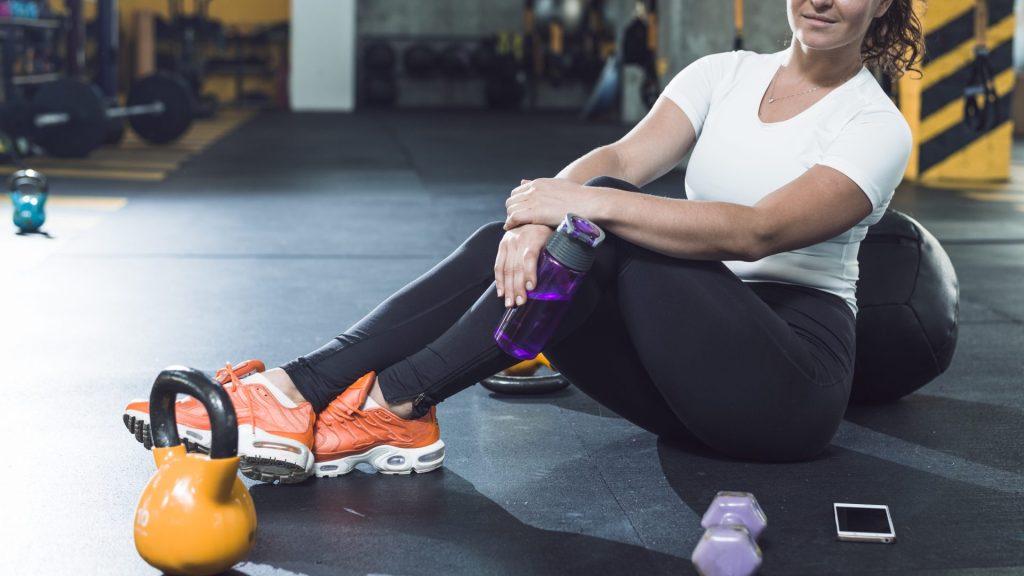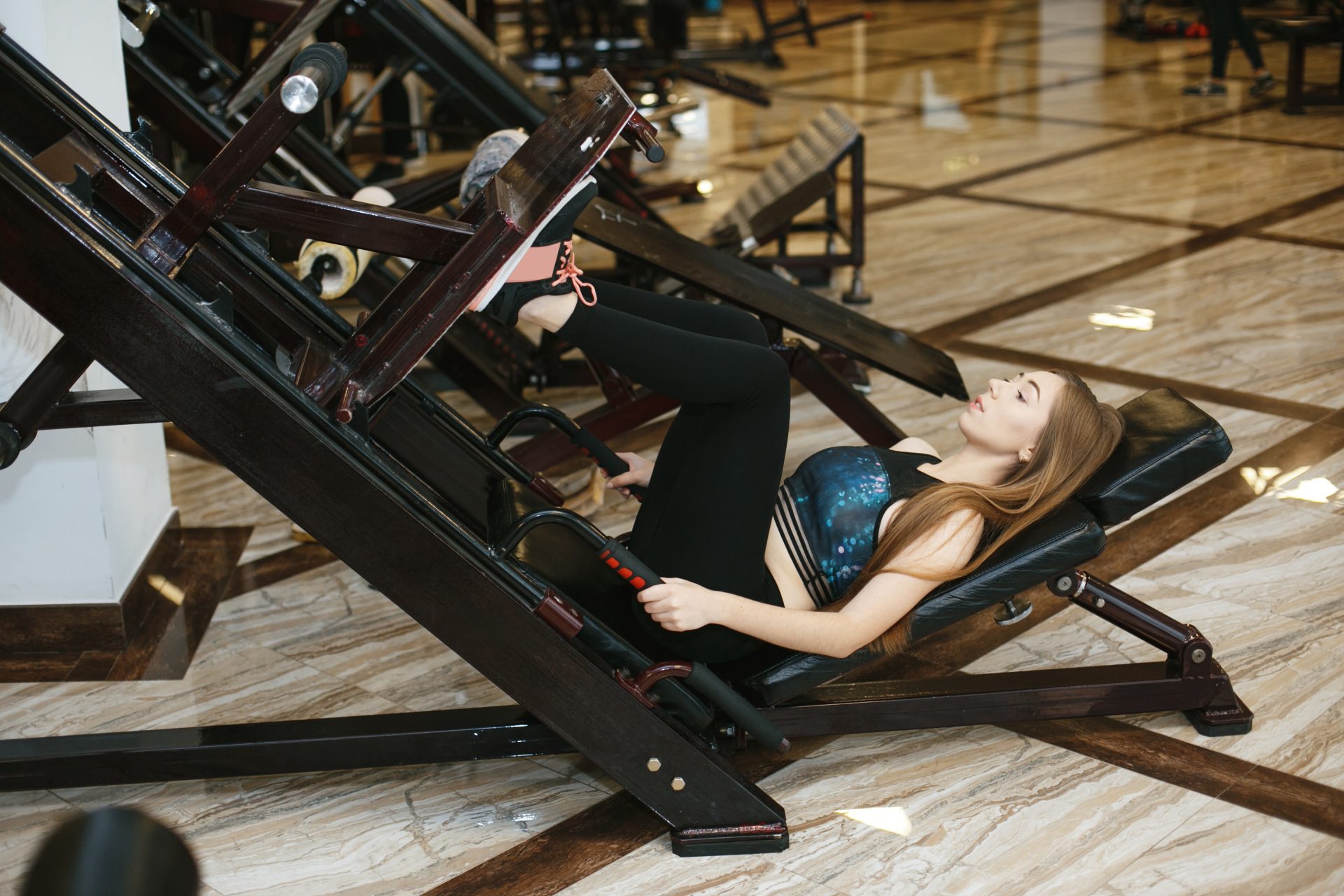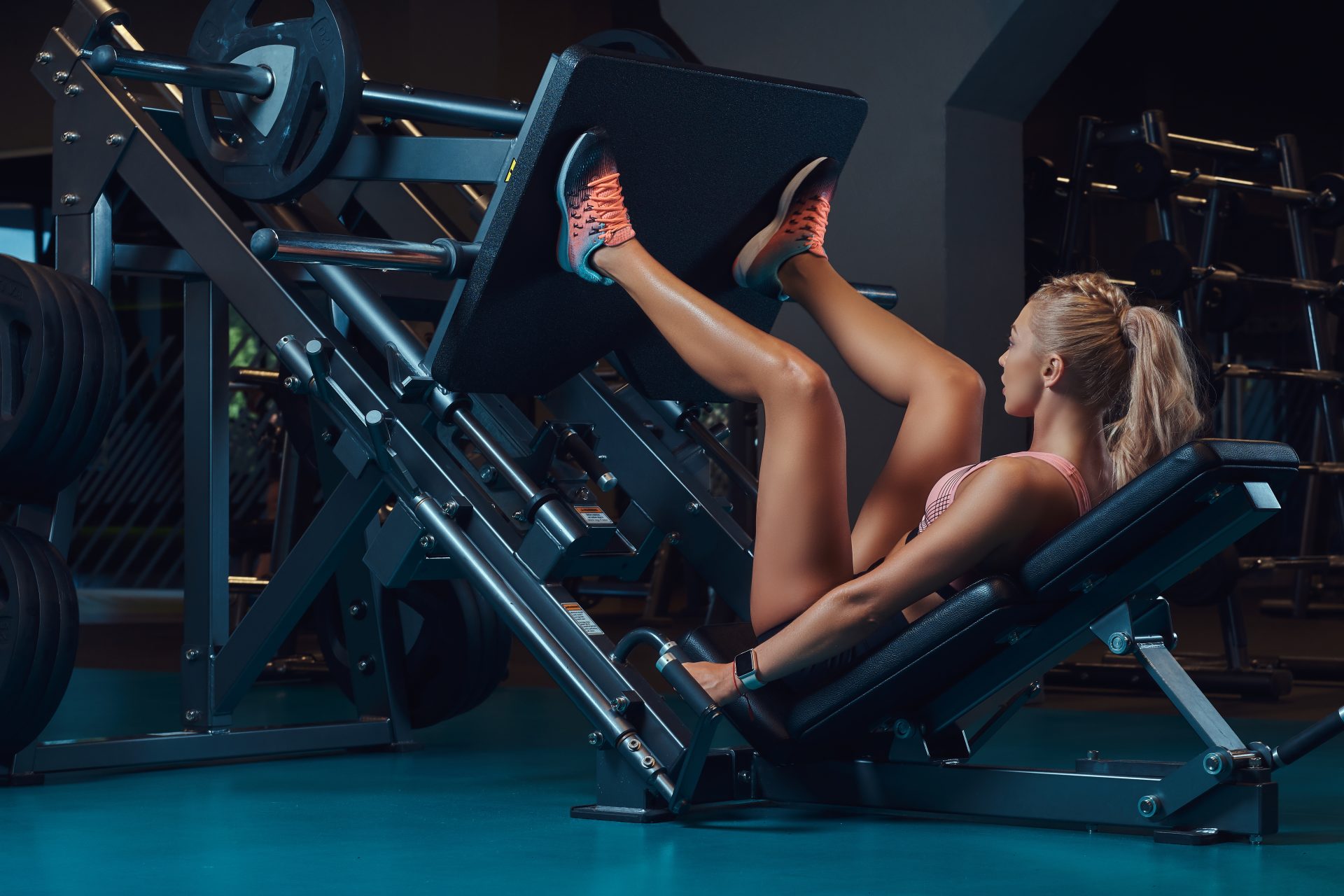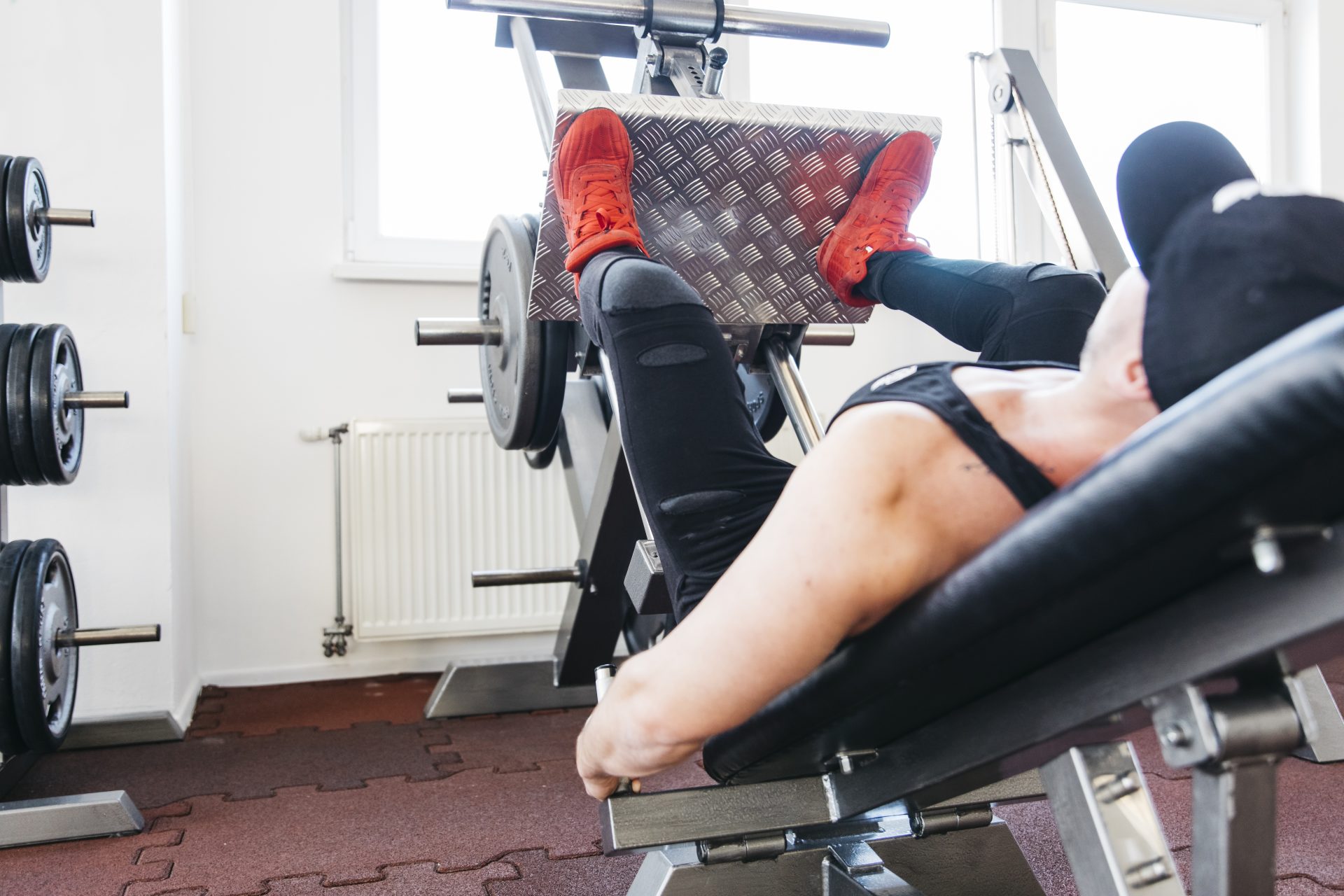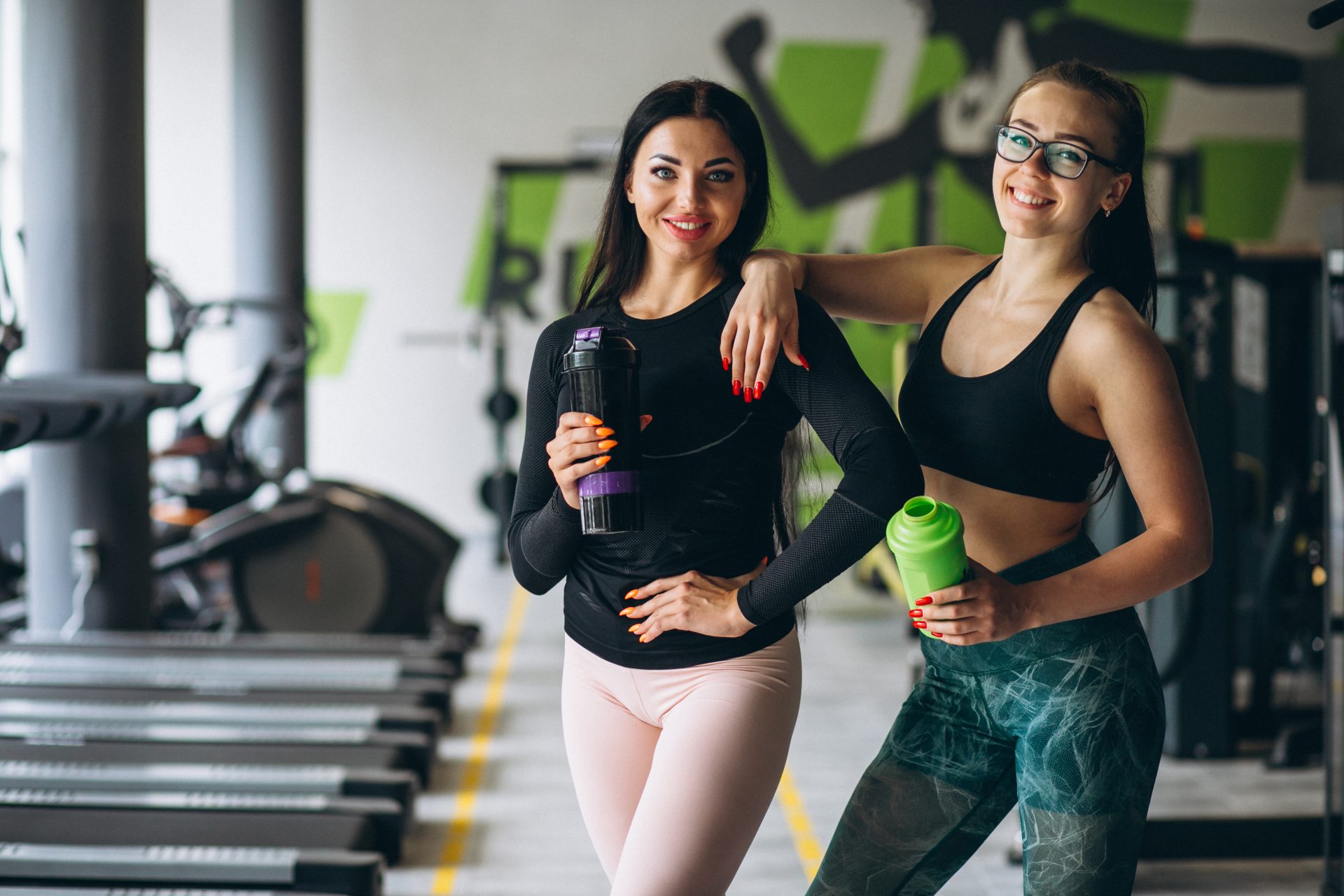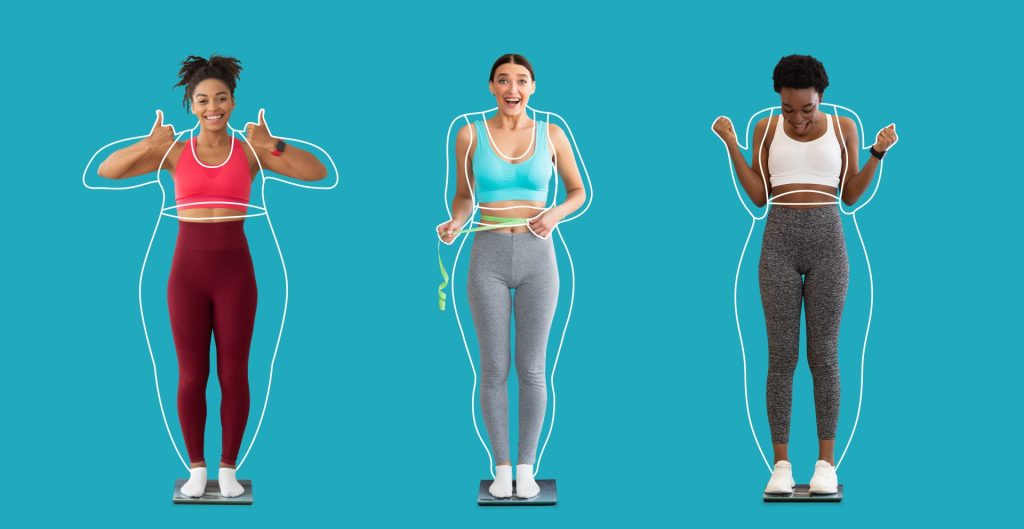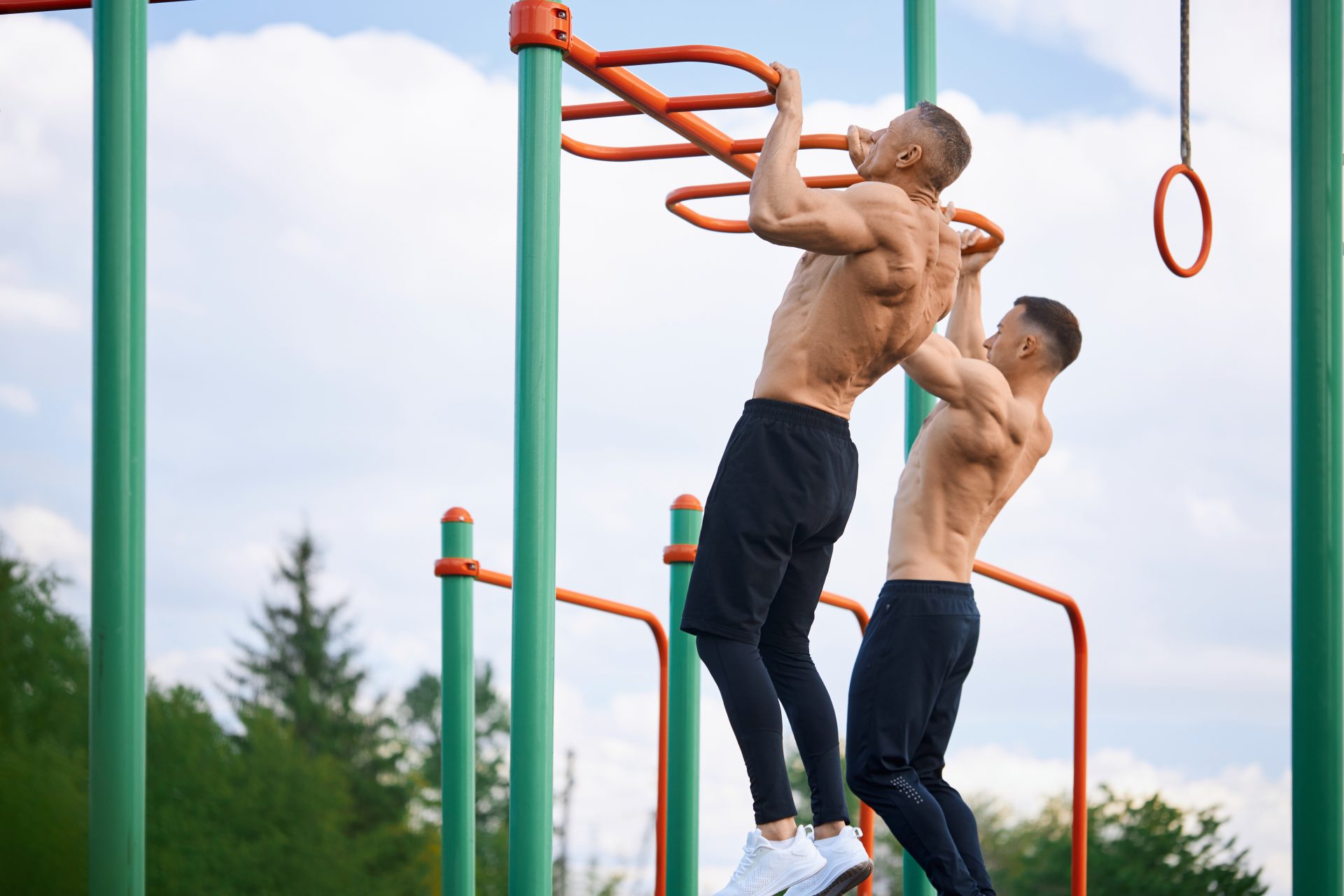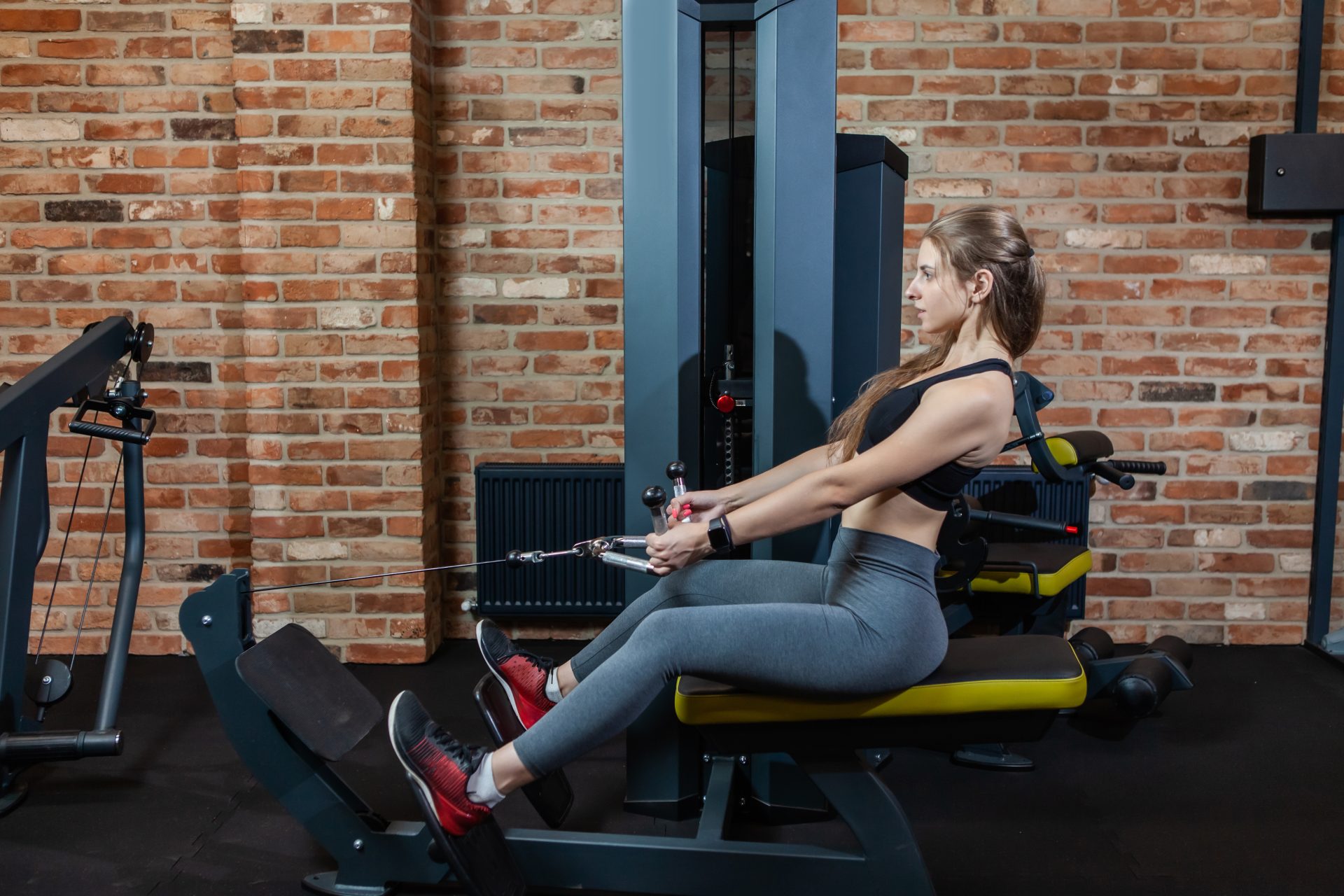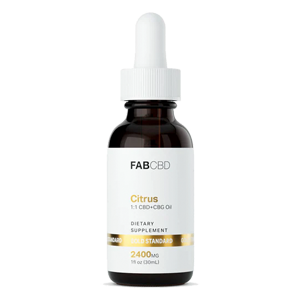Your focus as a weightlifter should generally be on improving your technique and building strength. And to achieve that, you must work harder than ever in the gym.
A PR is a metric you can use to assess your strength and fitness. You may track your development using this number and effectively plan your workouts to get stronger.
What does PR in the gym actually mean? How do you determine your PR? And how can you make it better?
Continue reading to learn the answers to these and other questions.
Contents
What Exactly Is PR?
PR stands for “personal record” in the gym. This usually means lifting a heavier weight than you have in the past. The word PR, however, is also applicable in a number of other circumstances.
PR stands for “personal record” in the gym
Let’s discuss the reasons why your PR is important in the first place before I go into all the different forms of PRs.
A PR Is Important, But Why?
You can observe how your strength changes over time by tracking your PR for a given exercise. Additionally, this measurement aids in determining the effectiveness of your diet and exercise program.
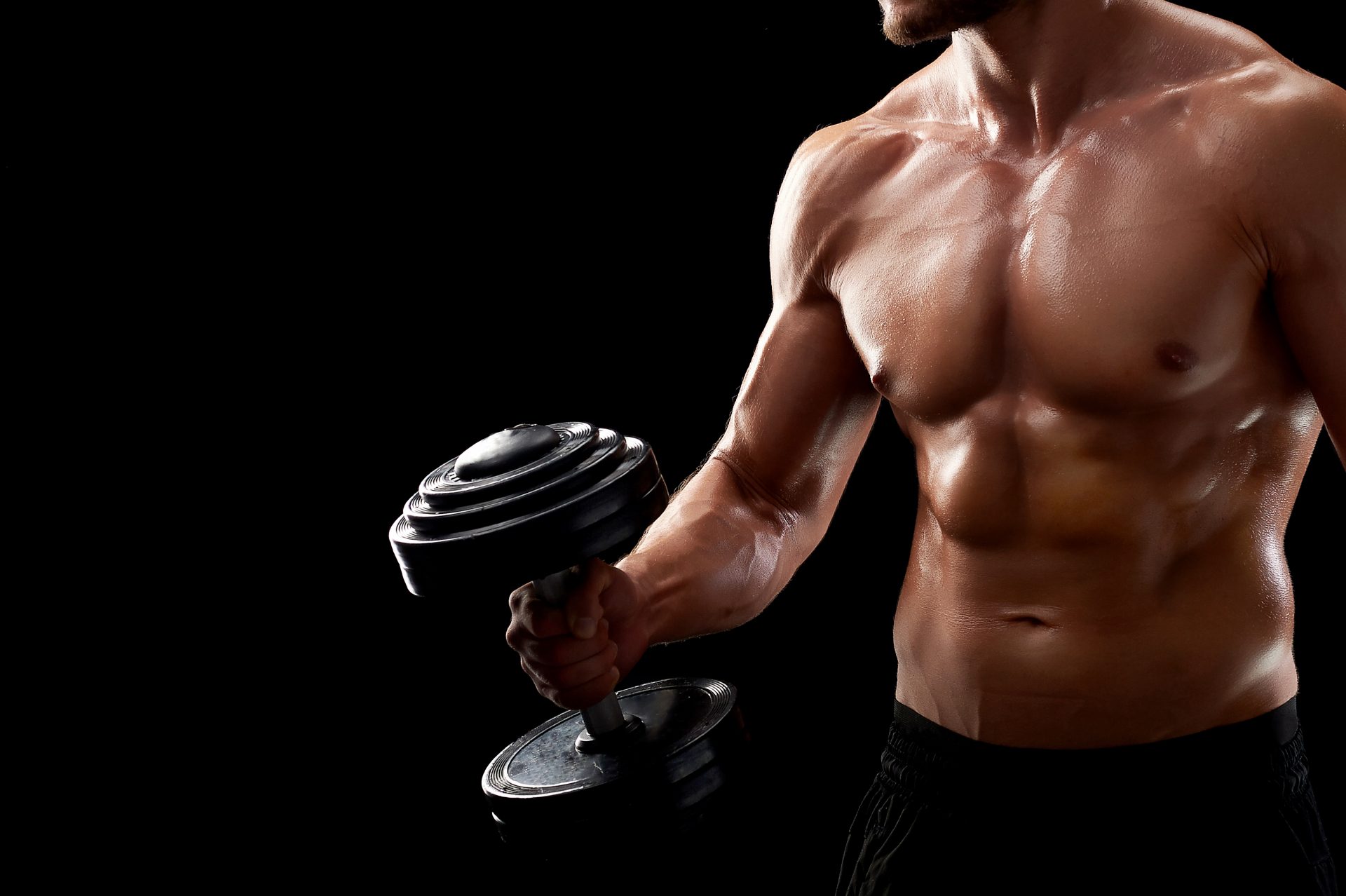
Additionally, you can utilize your PR to calculate the amount you ought to lift at various rep ranges. For instance, for optimum muscular growth, perform sets with a weight between 70 and 80 percent of your PR (hypertrophy).
Various Forms of PR at the Gym
In the gym, there are many different approaches to break personal records. You can even achieve some personal records outside of the gym! So let’s examine the different PR types.
One rep max PR
First, your one-rep max, or 1RM for short, is the most typical kind of personal record in the gym. The biggest weight you can lift for one repetition of a particular exercise is known as your 1RM.
Increase the weight until you can no longer lift it as one method of determining your PR on an activity. But if you’re new to weightlifting, this could be risky.
Using a straightforward calculator is a different technique to figure out your one rep maximum. The calculator determines your projected 1RM by asking you how many reps you can perform with a specific weight.
PR with the most reps possible
As many reps as possible, or AMRAP for short, is another kind of PR. This personal record (PR) is the most repetitions you can complete with a specific weight without failing.
For instance, you might fail after ten bench press repetitions at 185 lbs. The next week, you perform twelve reps while using 185 pounds. For reps, that would be a new PR.
PR in CrossFit: CrossFit workouts consist of timed circuits of sequential resistance and endurance exercises. As a result, you can set personal records for both time and weight.
Exercise PR: Finally, you may set time personal records away from the gym. such as completing an aerobic exercise like cycling or running at your greatest pace.
How To Increase Your PR in the Gym?
You’ll eventually reach a plateau where setting new personal records becomes difficult. To reach new heights, you must fine-tune your diet and exercise regimen. Here are 4 actions you may take to strengthen yourself.
Complete Sets With Fewer Reps
When training for power and strength, the majority of exercises should be performed with higher weight for fewer reps. This implies the heaviest weight you can lift for 4-6 reps while maintaining excellent technique.
Additionally, break up your workouts so that you obtain proper training volume and have time for your body to relax and recover.
Increase Calorie Consumption
Another frequent reason for training plateaus is your diet. Most likely, you’re not eating enough if you’re not becoming stronger.
Generally speaking, to calculate how many calories you should consume to increase strength, multiply your body weight by 20. If you weigh 150 lbs., for instance, you need consume at least 3,000 calories daily (150 x 20 = 3,000).
Remember that this is only a very approximate estimate, and that the amount of calories you need to increase strength will vary depending on your activity level, metabolic rate, and body composition. To get your precise caloric requirements for muscular growth, go here.
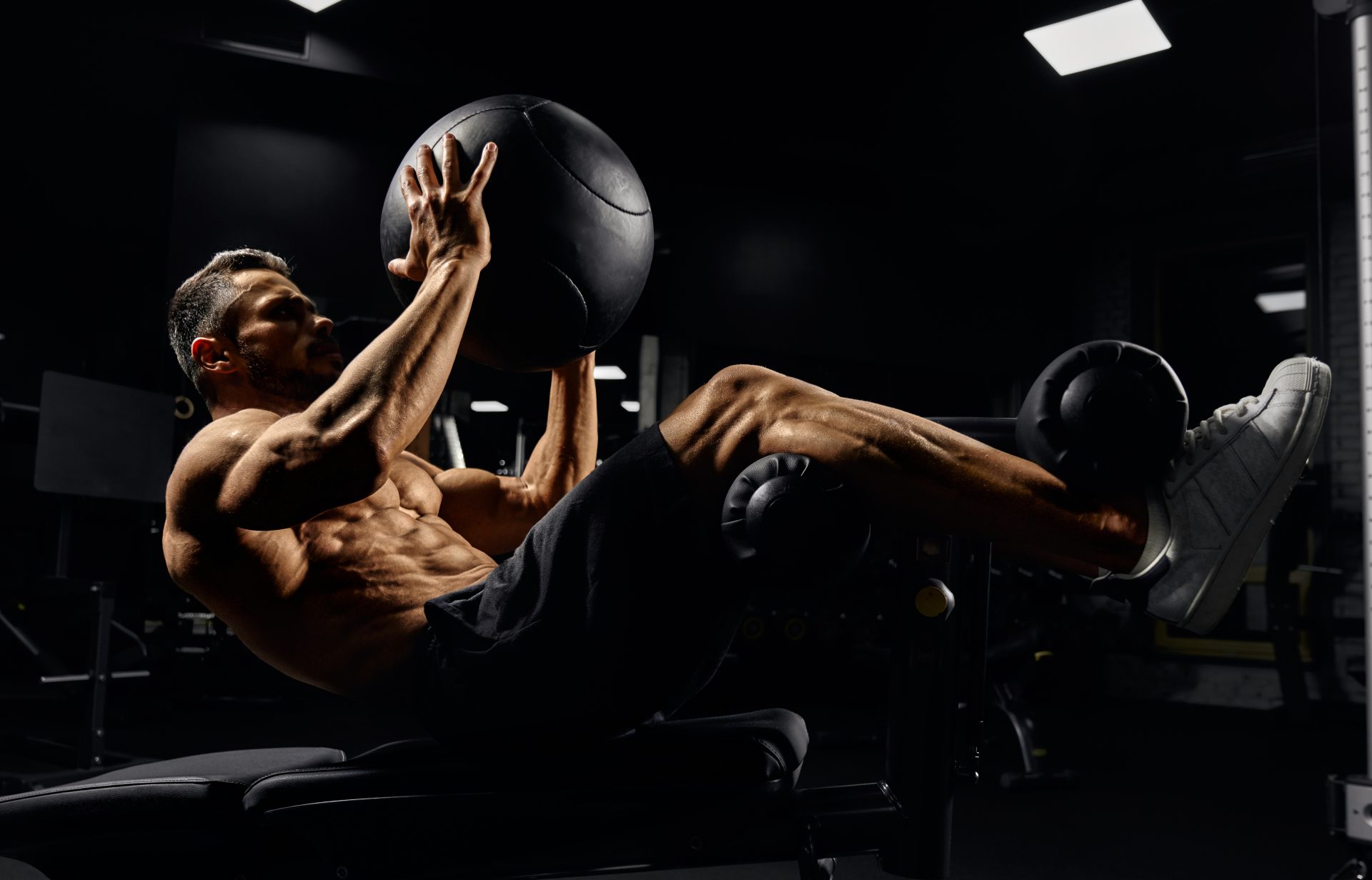
Monitor Your Development
Even if you believe that your diet and training routine are perfect, recording particular figures might still be helpful. Writing things down helps you avoid guesswork and ensures your goals are being met.
Logging your workouts in a journal or fitness app is one way to keep track of your improvement. To track your development from week to week, record the weights and reps for each exercise.
Utilizing apps like MyFitnessPal makes it possible to track your nutrition. The app will calculate your daily calorie and macro breakdown when you enter the foods you eat.
Be Reliable
Consistency is the final ingredient in PR success. In real words, that implies you shouldn’t skip workouts and that you should follow your diet 90% of the time.
It will be simpler to set new personal records in the gym if you adhere to these few rules.
Exercise Q&A
A lot has been covered thus far. However, you may still have concerns about setting personal records at the gym.
In the gym, what does PB stand for?
Personal Best is abbreviated as “PB.” In the gym, it’s possible to hear it used interchangeably with PR. You’ve achieved your greatest weight, rep count, or time when you see either acronym.
Is a one-rep maximum required for a PR?
The danger of serious injuries like torn muscles or tendons increases with one rep maximums. Additionally, the risk rises with age, overtraining, and insufficient rest.
I am aware of this because while trying a one-rep max on the bench press, I completely tore my pectoral muscle. So I rarely “max out” anymore and switch to the one-rep max calculator!
What lifts should I try for a personal record on?
Typically, compound exercises like the squat, bench press, and deadlift are used to monitor your one-rep maximum PR. Although you might certainly reach your maximum during any exercise, a 1RM on the calf raise machine doesn’t say anything about your fitness level.
Nevertheless, it’s wise to keep track of your rep PR for the majority of your main workouts. Then, make an effort to up the reps or weight in each workout. The phrase “progressive overload” describes this idea.
How frequently should I try for a PR?
Maxing out too frequently on the fundamental powerlifting exercises is not a smart idea. The cause of this is that all-out efforts place a heavy strain on your neural system and can easily result in overtraining.
You should only attempt your 1RM PR on strong compound exercises once every month or less to avoid injury. Additionally, provide enough time for recovery between each try.



